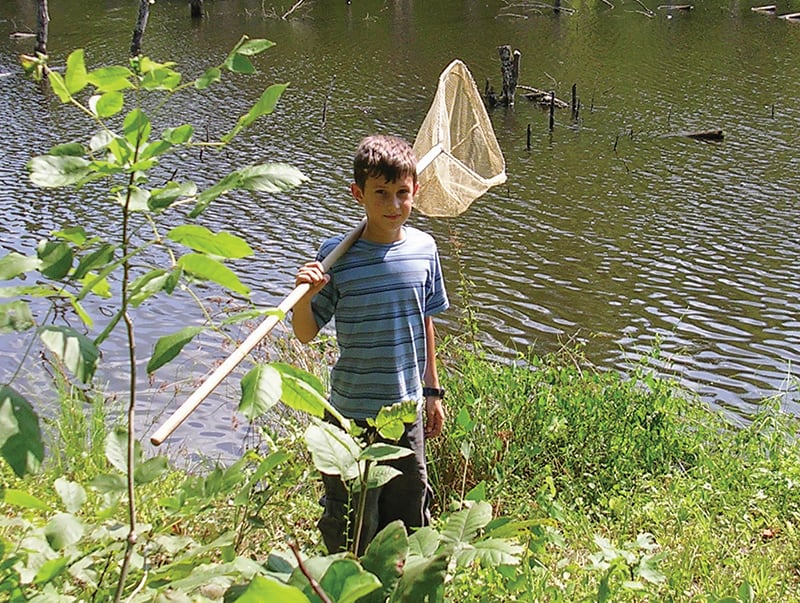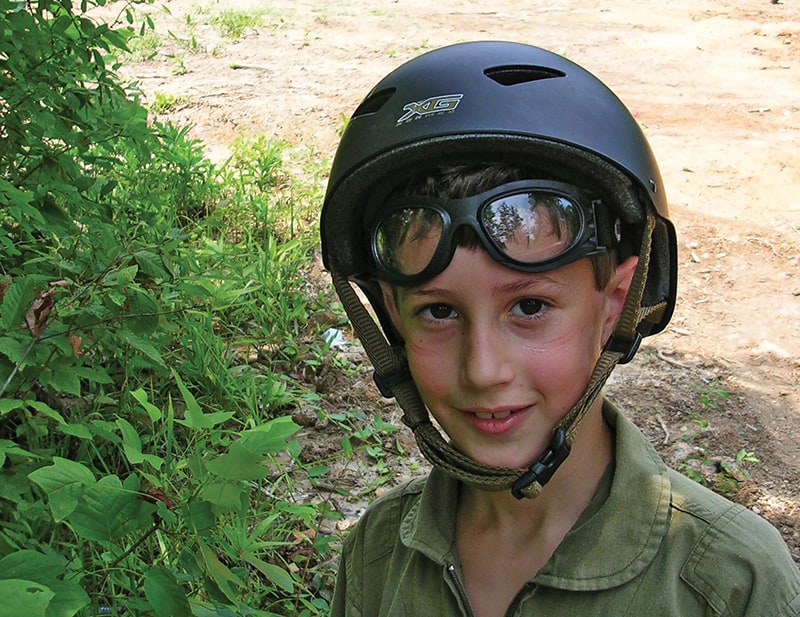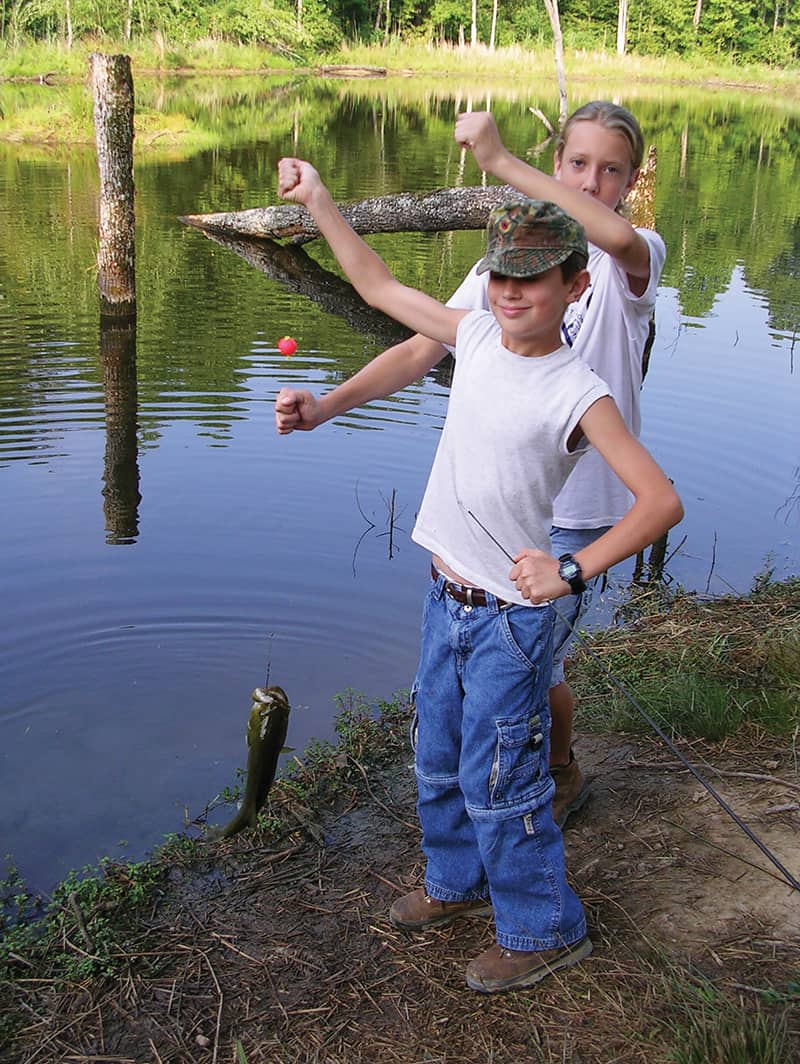
Month: March 2024
Russian-Contract Winchester 1895
Spanish Gewehr 98
Pure Irony

 AP Photo/Damian Dovarganes
AP Photo/Damian DovarganesThe lurch to the left continued, however, and now the LA Times has metamorphosed into some hideous amalgam of the Daily Worker, the Advocate, and the bulletin board in some Williams College freshman dorm. Nowhere has the paper’s leftward drift been more evident than in its coverage of crime and law enforcement.
The latest example is a March 7 editorial that lamented the 30th anniversary of California’s “three strikes” law, which mandated lengthy prison sentences for repeat felons. In their lamentation, the editors cite the woeful tale of Jerry Dewayne Williams, who in 1995 received a sentence of 25 years to life for having committed what they would have their readers believe was the mere theft of a slice of pizza.
Though initially charged with robbery, Williams was convicted of the lesser felony of “petty theft with a prior.” Nevertheless, his rap sheet was of sufficient opulence to trigger the three strikes law. In writing about Williams in 2010, by which time he had petitioned for and won his release from prison, the Times called him the “pizza thief,” as though his crime, like Jean Valjean’s in “Les Miserables,” had been motivated by hunger. Though elided completely in the recent editorial — and nearly completely in the 2010 story — the circumstances of the pizza theft were more sinister than the Times would have its readers believe.
Williams and some companions were on the Redondo Beach pier one evening in 1994 when they came across four children, ages 7 to 15, sharing a pizza. Williams walked up and hovered menacingly over the children, picked up a slice of pizza, and began eating it as though daring them to try to stop him. Fearful of being assaulted by Williams and his friends, they did nothing. But they did report the incident to their parents, who called the police, who in turn found Williams nearby and arrested him.
Though the jury deadlocked on the robbery charge, Williams’s conduct clearly met the elements of California Penal Code section 211, which defines robbery as the “felonious taking of personal property in the possession of another, from his person or immediate presence, and against his will, accomplished by means of force or fear.” Williams didn’t take the pizza merely to satisfy a craving; he did it for the thrill he received from intimidating four children. He told police that after taking one bite from the slice he threw the rest in the ocean. Note that in the law cited above, no minimum value of the stolen property is established; it is the conduct that is punished regardless of how trivial the loss. (I once arrested a man and saw him sentenced to prison for robbing one of his neighbors of 75 cents.)
But the minimization of Williams’s misdeed is far from the most glaring defect in the editorial. It notes correctly that by the time California’s three strikes law was passed in 1994, the crime wave that inspired it had already crested, but it goes on to say that crime saw a historic plunge, though without attributing any of that plunge to the law the Times today condemns. “A host of tough-on-crime measures followed from both Republicans and Democrats,” said the editors, “even as crime continued its free fall.”
But to the editors at the LA Times, crime was in “free fall,” as though affected by nothing other than some mysterious elemental force akin to gravity, a force that causes crime to rise or fall regardless of what methods are employed to combat it.
But again, credit the LA Times for consistency in their error on law enforcement matters. They endorsed George Gascón in his recent primary campaign to remain as Los Angeles County district attorney, and no doubt will do so again as he faces former federal prosecutor Nathan Hochman in November’s general election. In their endorsement, the editors wrote that the number of felony cases his office has filed “is on par with that of earlier administrations.” This may be true, as far as it goes, but the number of filings is not the only or most reliable indicator of his office’s commitment to public safety. “The argument that Gascón is lax or lenient on crime,” say the Times editors, “simply does not hold up to the facts.”
Is that so? Then why, we may ask, is it still Gascón’s policy not to seek increased felony sentences under circumstances in which California law explicitly calls for them?
Here are some facts the LA Times editors may have overlooked: In the city of Los Angeles, year to date, homicides are up by 16%, robberies by 14%, and burglaries by 4%. In 77th Street Division, one of the city’s 21 patrol stations, homicides are up by 167% and burglaries are up by 56%.
The question is a simple one: Where would we prefer criminals to live, in our neighborhoods or in prison?
What exactly is wrong with America today? Rivers of ink have been spilt investigating that one simple question. The basic conundrum of what brought us as a nation from an unprecedented position of prestige and power to our current sordid state has vexed our generation. However, I think I may have serendipitously tripped over the answer buried in an antiquated tome first published in 1882 and directed towards children. I think the United States of America simply ran out of men.
We didn’t lose them in battle or to some dire disease. We simply ceased their production. We had and still have all the raw material we need to regain our former glory; it seems we simply lack the means of refining our unwashed boys into the sorts of men we require to prevail in the global arena.
Daniel Carter Beard was born in 1850 and founded the group the Sons of Daniel Boone that went on to become the Boy Scouts of America. Beard was an artist and writer from a family of artists and grew up in rural New York with a passion for nature and the wilderness. He codified this enthusiasm into a series of articles written for St. Nicholas Magazine eventually compiled to form The American Boy’s Handy Book. D.C. Beard earned his Eagle Scout award at age 63. To read his book is to step back into another time.
The young boys described in Beard’s Handy Book so differ from our current variety as to seem a disparate species. The foreword states that prior to 1915 adults viewed boyhood as a state of near savagery. Boys were expected to have more in common with their dogs than with typical adults and society managed them accordingly. The sorts of rapscallion young boys depicted in The Adventures Of Huckleberry Finn were drawn from copious examples of the real thing rather than being the products of Mark Twain’s vivid imagination. In those days there was no Attention Deficit Hyperactivity Disorder in need of aggressive medical treatment. There was simply natural boyhood and the cure was the outdoors.

Here we see the American boy, ably represented by Wyatt Dabbs, in his natural habitat. The American Boy’s Handy
Book teaches a myriad of useful survival skills. Most modern readers will be shocked to find the resourcefulness,
initiative, and depth of reason expected of boys a century ago. A degree of comfort around unvarnished nature will
tend to put more modern problems in perspective. The capacity to survive and thrive in austere environments was an
expected skill of our young forebears of years past. Young children are capable of a great deal more than we typically
expect of them these days.
By Way of Example
The book begins with a fairly extensive discourse on the building of kites. The procurement of the materials required for their construction is reviewed as well. Young boys of this age did not run to Walmart when they needed such staples as glue. They cooked it up themselves from materials readily available on the typical rural farm. After the obligatory section describing how to design and build your kite, however, the next segment is devoted to weaponizing these designs.
Kites were not intended for pleasant afternoons at the park in D.C. Beard’s day. Kites were war machines designed and optimized solely for the destruction of enemy craft. Beard describes unarmed kite fighting as the sort wherein both kites might reasonably expect to survive to fight another day. Beard’s prose describes this as akin to jousting and a scant page is devoted to the basic rules governing this pursuit. The preponderance of the section, however, is used to describe the armed sort. Beard describes such engagements as “mortal combat wherein but one survives.”
Techniques for designing and procuring appropriately lethal kite-fighting tools are discussed in detail. Broken glass is the most common source and basic techniques for breaking bottles in search of adequately lethal shards are discussed. There is but a single line disclaimer regarding the potential for cuts and injury.
Designs for snow forts are explored, as are the rules for snowball combat. Little boys are feral in their native state and their natural warrior bent was nurtured in Beard’s day. Back then the inevitable tendency of all normal young men towards violence was recognized, accepted, and appropriately channeled.
Six different techniques for fishing are outlined in detail, as is the making of tackle from scratch. One particular sort of remote fishing is designed around the unconventional application of a percussion-fired pistol, apparently such handguns being readily available to 8-year-olds in Beard’s day. The general tone of the book is one of focusing a boy’s near limitless reserves of energy into tasks at once both creative and destructive. In so doing our nation indeed produced men.
The book is divided into seasons with tasks and pursuits designed to keep a young boy occupied regardless of the weather or climate. Techniques for building an aquarium to hold fish are included alongside instruction on how to trap animals, live off the land and practice taxidermy. The book teaches how to raise wild birds ranging in size from diminutive hummingbirds up through wrens and starlings all the way to large raptors like hawks and owls.
The ideal camping party is four, states Beard, and these four 8- to 10-year-olds are expected to build their own shelter, catch and cook their food, and thrive otherwise alone in the wilderness for a week or more at a time. Techniques for tying knots as well as building blowguns, fish spears, bird bolas, crossbows and boomerangs are included. Building hot air balloons for use celebrating Independence Day is suggested as is the construction of home made fireworks. Fuse is available in most any town, according to the book, as “miners need it to set off blasts.” If Roman Candles are available they should be cut open and the contents used to construct ever more impressive displays. The subordinate balls may be carried aloft via balloons or arranged on wires to spin when ignited.
The Boy’s Handy Book covers the manufacture of boats of a variety of sorts for most any application. Simple rafts are adequate for modest nautical pursuits. Model sailboats and how to sail them successfully consumes a fair number of pages. More advanced full-sized designs incorporate weatherproof cabins and hulls adequate for hard use. All of these projects are proposed to be within the capabilities of the typical group of off-duty boys equipped with a minimum of hand tools.
Improvised stoves compliment thatched huts or lean-to shelters sufficient to keep a group of boys both warm and dry in the wilderness. The construction of ice fishing shacks is discussed and an entire chapter is devoted to the construction of winged devices designed to accelerate young boys to dangerous velocities when employed alongside a proper set of homebuilt ice skates. The various and sundry ways in which a boy might potentially get hurt are beyond counting. Apparently young men were more robust than is the case today.
When the weather was wretched, boys of Beard’s day could entertain themselves by building kaleidoscopes, whirl-a-gigs, and trappings for puppet shows. A simple bit of cardboard could be configured to blow smoke rings. An entire chapter is devoted to the art of masquerade and the improvisation of theatrical costumes. The rudiments of electricity are discussed, as is the technique for igniting an open gas flame using your finger after dragging your feet across a rug to build up a static charge.
Beset By Melancholia
The American Boy’s Handy Book is a delightful read regardless of your station, comportment or gender. The pursuits described therein are thought provoking in their very nature and most fascinating when viewed through an historical lens. After having read the book, however, I found myself in the throes of a mighty gloom.
This is the fertile ground from which we bloomed. Those magnificent revolutionaries who threw the British out of North America were the products of a world wherein boys were expected to show initiative and resourcefulness to keep themselves alive in the wilderness as needed. Those old heroes who won World War II came up in a world much like the one described in the Handy Book. In today’s age it can be a legitimate accomplishment simply to cajole a young boy to take out the trash. The excessive energy expected to be channeled into creative manual pursuits a century ago is typically medicated into submission today.
As a nation we stand on the shoulders of giants whose exploits are related indirectly in delightful detail in the Boy’s Handy Book. In a world wherein more than 1/3 of kids less than 19 are either overweight or obese the coming tsunami of lifestyle induced diseases like diabetes promises to overwhelm us. However, the solution surrounds us all. We sit afloat a drinkable sea yet die parched for lack of initiative.
Our young people need to get outside and our adults need to chill out a little bit. I am a physician and I see kids who get hurt with some regularity. Bones heal and cuts can be stitched but the human animal remains remarkably robust. The capacity of the small human male to prevail in the face of adversity is grossly underestimated in today’s society. It seems to me the solution to most of our ills is simply to let him go outside to run around a bit more. The American Boy’s Handy Book will show you how to do it properly.


